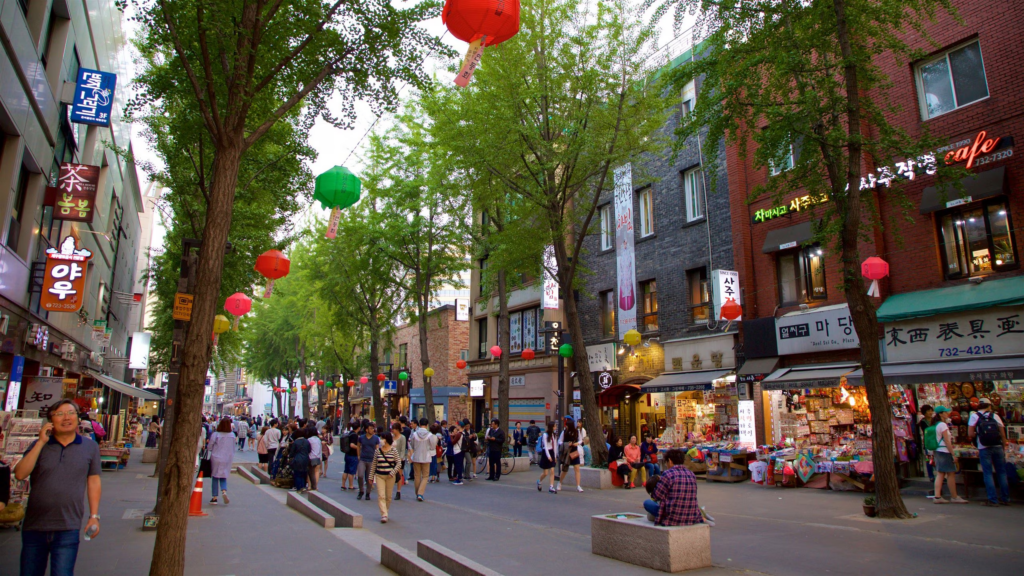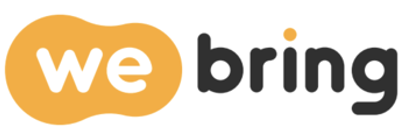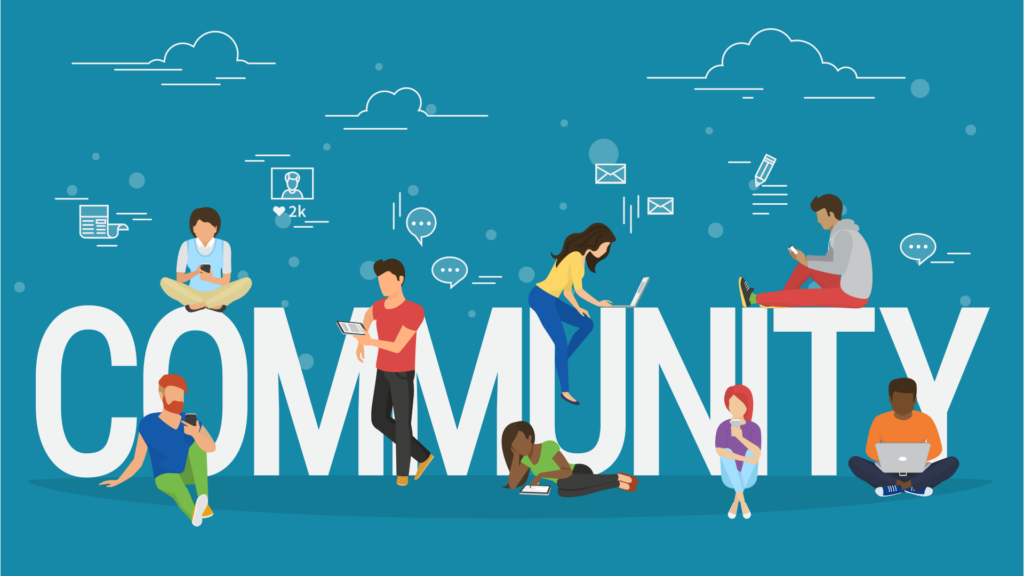Seoul’s bustling city center is home to numerous shopping streets and cultural landmarks. Among them, Insadong and Myeongdong are two of the most beloved destinations for both domestic and international visitors. However, these two areas offer vastly different experiences.
Insadong is well-known as an artistic haven where visitors can immerse themselves in Korea’s traditional culture, while Myeongdong is a vibrant commercial district famous for the latest trends and shopping. In this article, we’ll dive into the unique attractions of both locations and compare them in detail. If you have a tight travel schedule, this guide will help you decide which destination to prioritize.
Insadong: Where Tradition Meets Art
Insadong has been a hub for antiques and art trading since the Joseon Dynasty. Today, it is filled with alleys lined with shops selling traditional handicrafts, artwork, hanbok (Korean traditional clothing), ceramics, and rare books. If you want to experience “authentic Korea” in Seoul, Insadong is a must-visit destination.
Artistic Alleys and Handicraft Workshops
Walking along Insadong’s main street, you’ll be captivated by the numerous galleries and traditional craft workshops. You can find paintings, calligraphy works, and handmade crafts on display and for sale, making it a treasure trove for art enthusiasts. The street itself isn’t very long, but hidden alleyways lead to charming cafes and tea houses, making it an ideal spot for a leisurely stroll.
Many workshops also offer hands-on experiences such as Korean paper craft (hanji) and pottery making classes. If you make a reservation in advance, you can create your own ceramic piece or hanji souvenir, making for a truly special memento. If you’re looking for more than just souvenir shopping and want to experience something hands-on, Insadong is the perfect place for you.

Street Food and Traditional Tea Houses
Insadong is also a great place to indulge in Korean street food. You’ll find traditional snacks like nut-filled sweets, taffy (yeot), and more. Many tea houses, staffed by employees dressed in elegant hanbok, invite visitors to experience Korea’s unique tea culture. It’s also common to see tourists dressed in hanbok strolling through the streets, adding to the area’s cultural charm.
Taking a break at a traditional tea house is highly recommended. Try a warm cup of jujube tea, yuzu tea, or ssanghwa tea (a Korean herbal drink) to relax and soak in the local atmosphere. Unlike the tea cultures of Japan or China, Korean tea houses have their own distinctive flavors and ambiance. Many are located in traditional hanok-style buildings, allowing visitors to enjoy both the taste of the tea and the atmosphere of old Korea.
Ssamzigil and Weekend Cultural Performances
At the center of Insadong lies Ssamzigil, a unique shopping complex with a fascinating architectural design. The four-story structure is built in a spiral path, allowing visitors to walk up the sloped ramp without needing staircases or elevators. Ssamzigil is home to up-and-coming artists and handcrafted brands, making it a fantastic place to find one-of-a-kind souvenirs.
On weekends, Insadong comes alive with street performances and cultural events. You may stumble upon traditional musical performances, calligraphy demonstrations, or even traditional dance performances. If you’re lucky, you might witness a re-enactment of a traditional Korean wedding parade. This lively cultural atmosphere makes Insadong a fascinating place to explore.
Myeongdong: The Heart of Modern Shopping and K-Beauty
While Insadong embodies tradition, Myeongdong is synonymous with modern shopping. Known as a “shopper’s paradise,” Myeongdong boasts large department stores, cosmetic road shops, fashion boutiques, and some of the city’s best street food. This district is always bustling, attracting visitors eager to experience both Korea’s latest beauty trends and its vibrant shopping scene.
Beauty Stores and the Latest Fashion Trends
Myeongdong’s streets are lined with an endless array of cosmetic shops, offering everything from skincare to makeup. If you’re looking to explore K-beauty, there is simply no better place. Most shops frequently offer free samples, discounts, and “buy one, get one free” promotions, making it an excellent spot to purchase beauty products at competitive prices.
In addition to cosmetics, Myeongdong offers a diverse range of fashion and accessory stores. A short walk from Myeongdong can also take you to Namdaemun Market or Dongdaemun shopping malls, both famous for their affordable and trendy selections. If shopping is your main priority, Myeongdong’s central location makes it the perfect starting point for an extended shopping spree.

Street Food and an International Atmosphere
Myeongdong is one of the most internationally diverse areas in Seoul, attracting visitors from all over the world. As you walk down the streets, you’ll hear multiple languages and see storefront signs in English, Chinese, and Japanese to accommodate travelers.
The district is also famous for its diverse street food. You can find classic Korean treats like tteokbokki (spicy rice cakes), hotteok (sweet pancakes), dakgangjeong (fried chicken), and even international street snacks like takoyaki. Among these, the “Myeongdong Hotteok” and “Seed Hotteok” are particularly famous and often have long lines. Most of the food is easy to eat on the go, perfect for snacking while exploring the area.
Myeongdong Cathedral and Nearby Attractions
Myeongdong Cathedral is one of Korea’s most prominent Catholic sites and a beautiful Gothic-style structure located in the heart of Myeongdong. Completed in 1898, this cathedral holds historical significance in Korea’s Catholic history and democratic movements. The high ceilings and stained-glass windows offer a serene and majestic atmosphere, making it a worthwhile visit.
If you’re looking to escape the busy shopping streets, explore the quieter side alleys near the cathedral. You’ll find small art galleries, unique cafes, and a calmer ambiance. The nearby Myeongdong Theater and Chungmuro district also offer opportunities to watch musicals and performances, adding another layer to your Seoul experience.
Insadong vs. Myeongdong: Which One Should You Choose?
If you are interested in traditional culture and art, Insadong is the perfect destination. The historic vibe, antique shops, craft workshops, tea houses, and hanbok experiences offer a comprehensive traditional experience. It’s recommended for travelers who enjoy slow-paced exploration.- If you prefer a fast-paced city experience with shopping and street food, Myeongdong is the better choice. The area is bustling with modern fashion stores, global brands, and an exciting variety of street snacks.
- Accessibility is excellent for both locations. Insadong is close to historical landmarks like Gyeongbokgung and Gwanghwamun, while Myeongdong is easily accessible via Subway Line 4, connecting travelers to Seoul Station, Namdaemun Market, and other key attractions.
Can You Enjoy Both in One Day?
Insadong and Myeongdong are located close to each other; walking between them takes about 20–30 minutes. Although walking might be tiring, taking a short bus or subway ride will make it more convenient.
For a full-day itinerary, you could start your morning in Insadong, visiting a traditional tea house and exploring art galleries. After lunch in Gwanghwamun or Jongno, you can head to Myeongdong in the afternoon for shopping and street food. If your schedule is tight, focusing on just one area is a great option. However, experiencing both in one trip allows you to appreciate Seoul’s dynamic contrast between tradition and modernity.
Conclusion: What Kind of Seoul Do You Want to Experience?
Insadong and Myeongdong might both be prominent tourist areas, but they offer completely different atmospheres. Insadong mesmerizes visitors with its artistic alleyways and traditional culture, while Myeongdong captivates with its energy, shopping, and international appeal.
Ultimately, the best choice depends on your travel style and preferences. Do you prefer a calm, cultural experience or a lively, urban adventure? If you can’t decide, why not visit both? Experiencing both districts will give you a deeper appreciation of Seoul—a city where the past and present coexist. Regardless of your choice, each will leave you with unforgettable memories of your trip to Korea.

WeBring Service : Provides personalized services to foreigners living in Korea
Exclusive offer: Introducing foreign car rental in Korea, WeBring-SoCar









